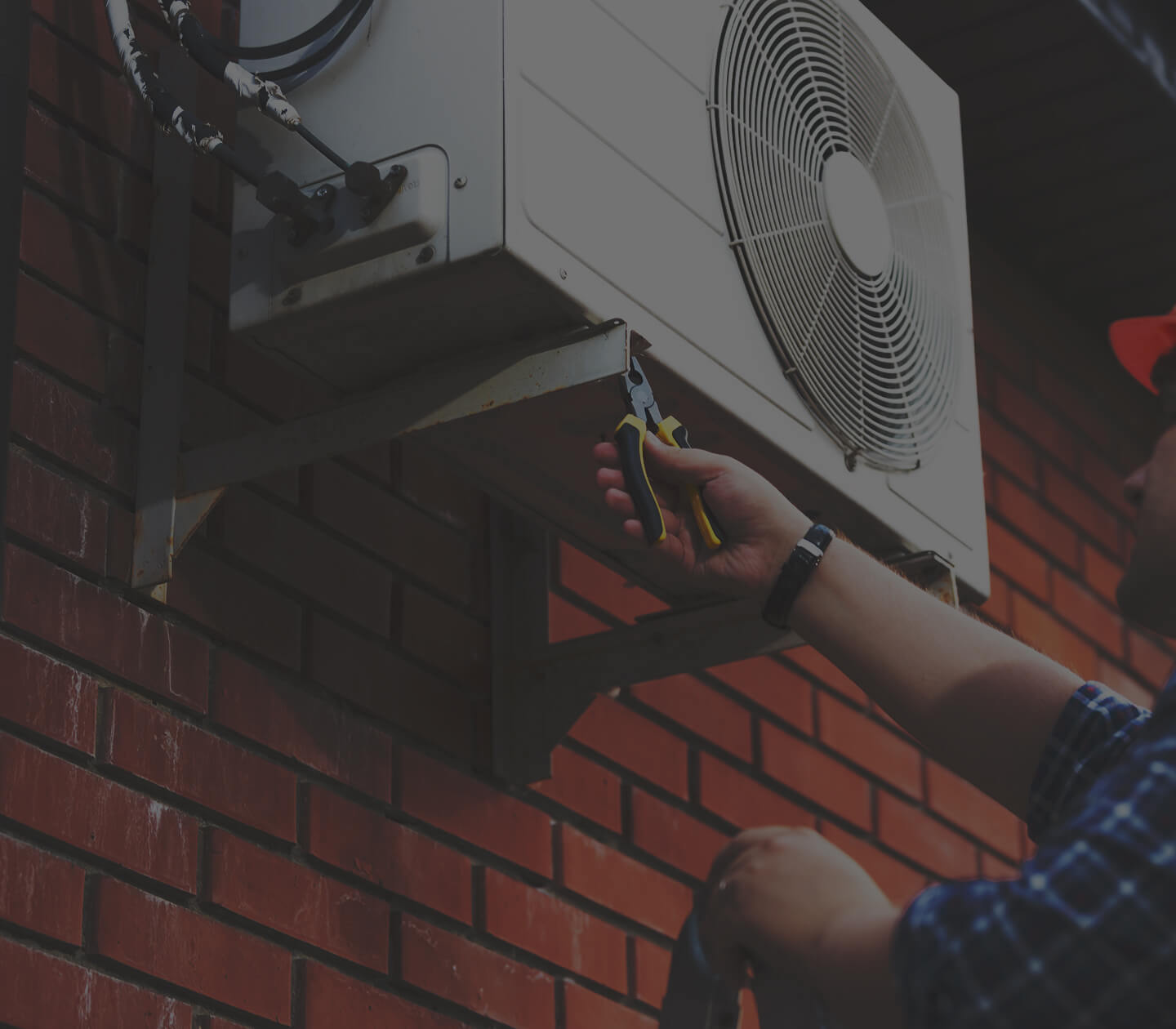Being able to control moisture is the most essential aspect of any HVAC system. The process of humidification and dehumidification is what makes an indoor space feel pleasant and healthy.
Maintaining adequate indoor air quality is the key to moisture and temperature control. Many homeowners believe that simply rotating a room dehumidifier around their living spaces is enough; this is helpful but far from sufficient.
The right humidity control strategy will depend on the region, and it is important to understand how moisture reacts during each season:
Controlling Humidity in the Summer
Homeowners who live in areas that are humid during the warm summer months should focus on identifying where moisture comes from and how to remove it from the air. Certain household actions can be taken to prevent excess moisture; one of them is to avoid drying clothes or linen inside.
Leaks caused by roof defects or by poor weatherproofing around windows are the biggest culprits of unwanted humidification. These issues must be solved before focusing on the HVAC system, which may require that it be equipped with a dehumidifier.
Humidity in the Winter
Whereas summer humidity levels in the summer should be kept around 60 percent, in the winter they should be around 40 percent or higher. One of the problems during the coldest months is that heating units may remove too much moisture from the indoor air.
Condensation forming on windows is a sign that the weatherproofing is deficient or that the HVAC unit is not performing as it should. Moisture levels must be carefully monitored with instruments during the winter. It is easier to feel and smell excessive humidification in the summer; in the winter, however, the outside air temperature must be detected so that humidity levels can be programmed in the heating unit.
To learn more about controlling moisture in your home, visit Lee’s Air Conditioning or call (337) 232-5337.


